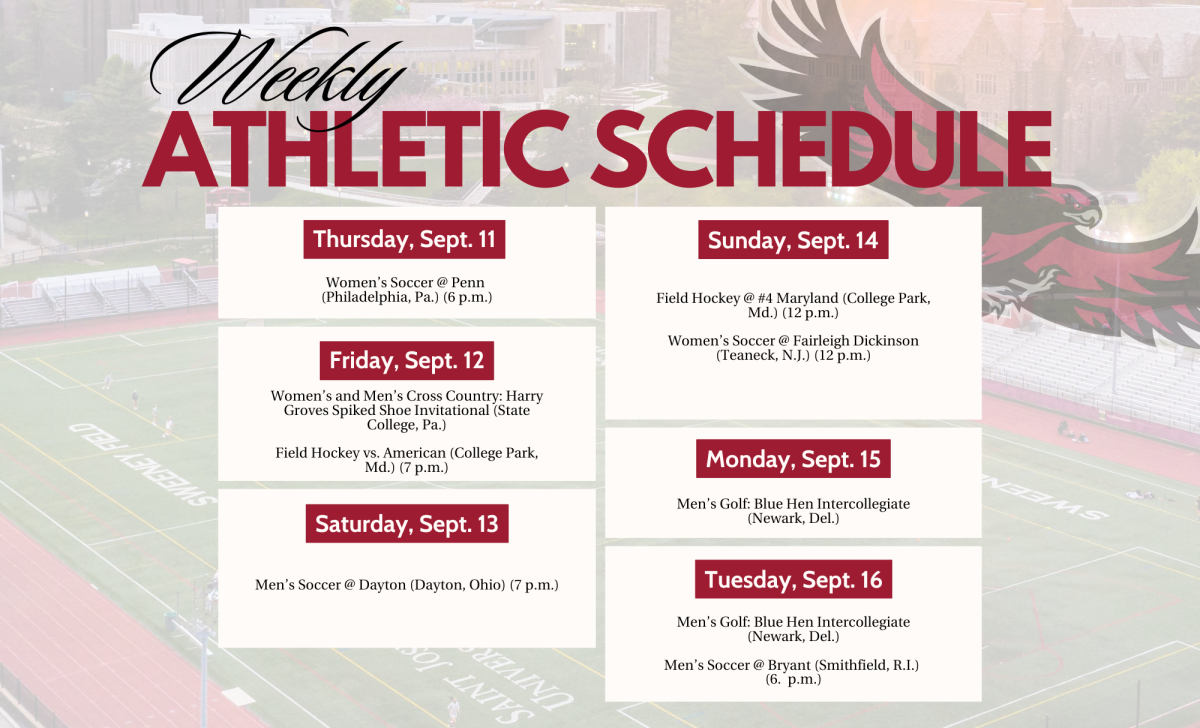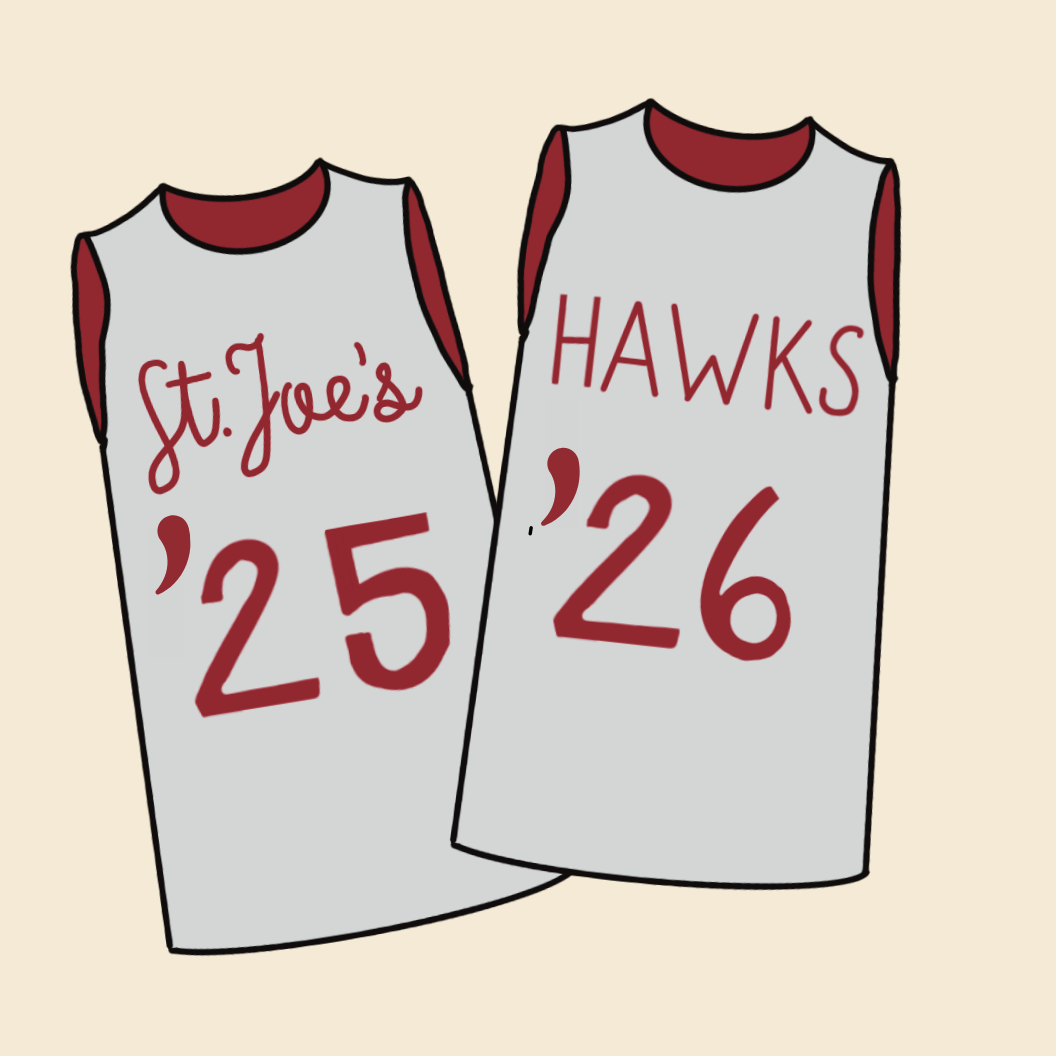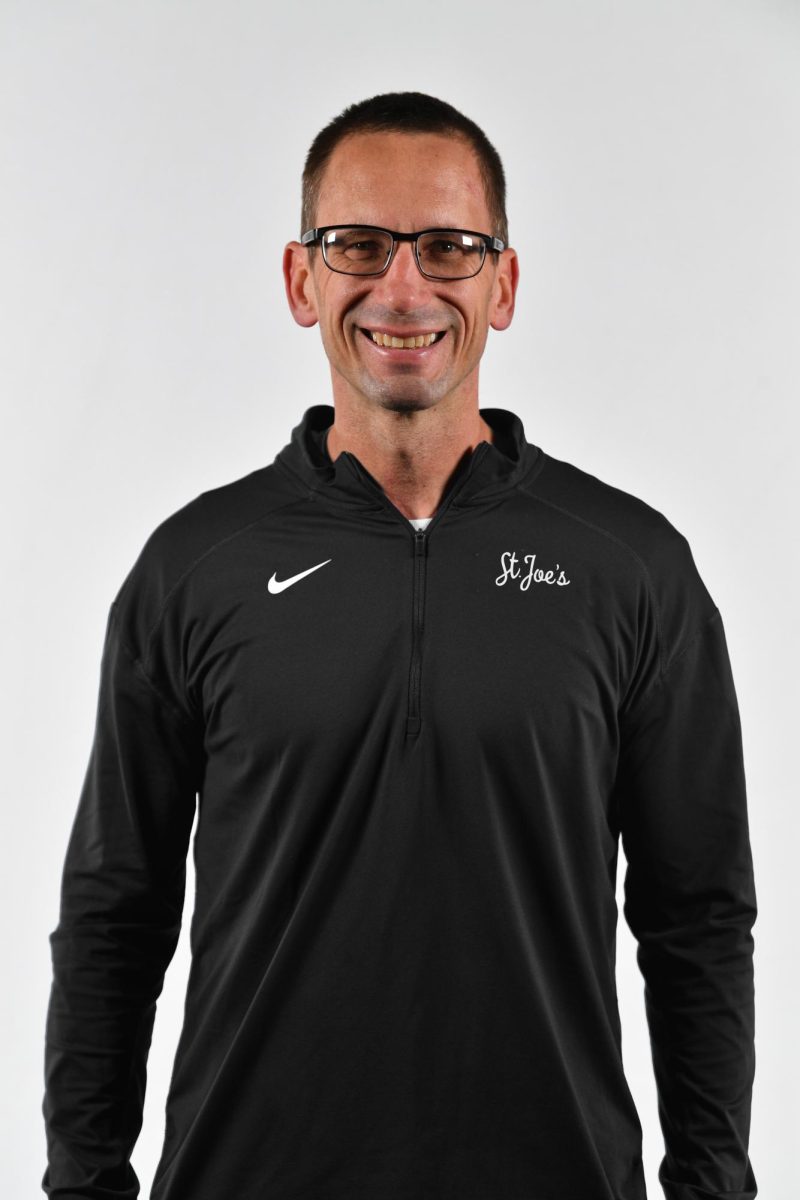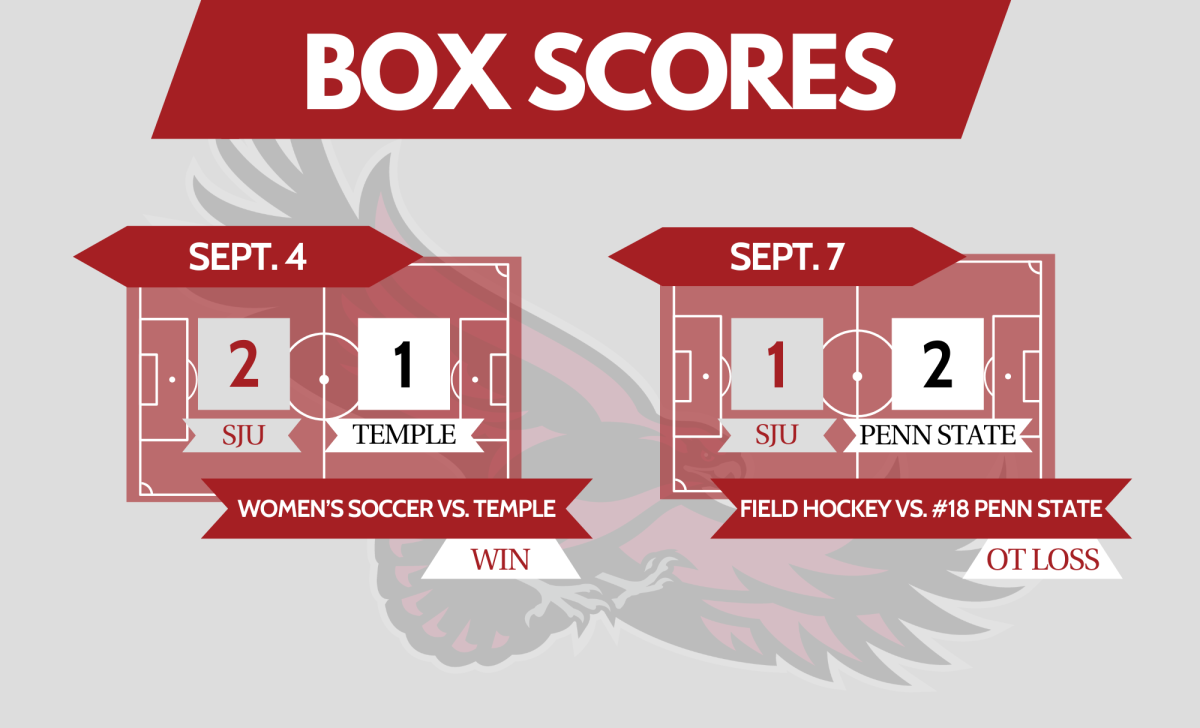The women behind St. Joe’s club rugby
Knock them down, but they will surely get back up—this time with more intensity and perseverance than ever before.
Already, six St. Joe’s women players will sit out the rest of the 2016 season because of injuries. No matter the risk, they work on and off the field to prepare their bodies and minds for the physical exertion that the fast-paced game requires.
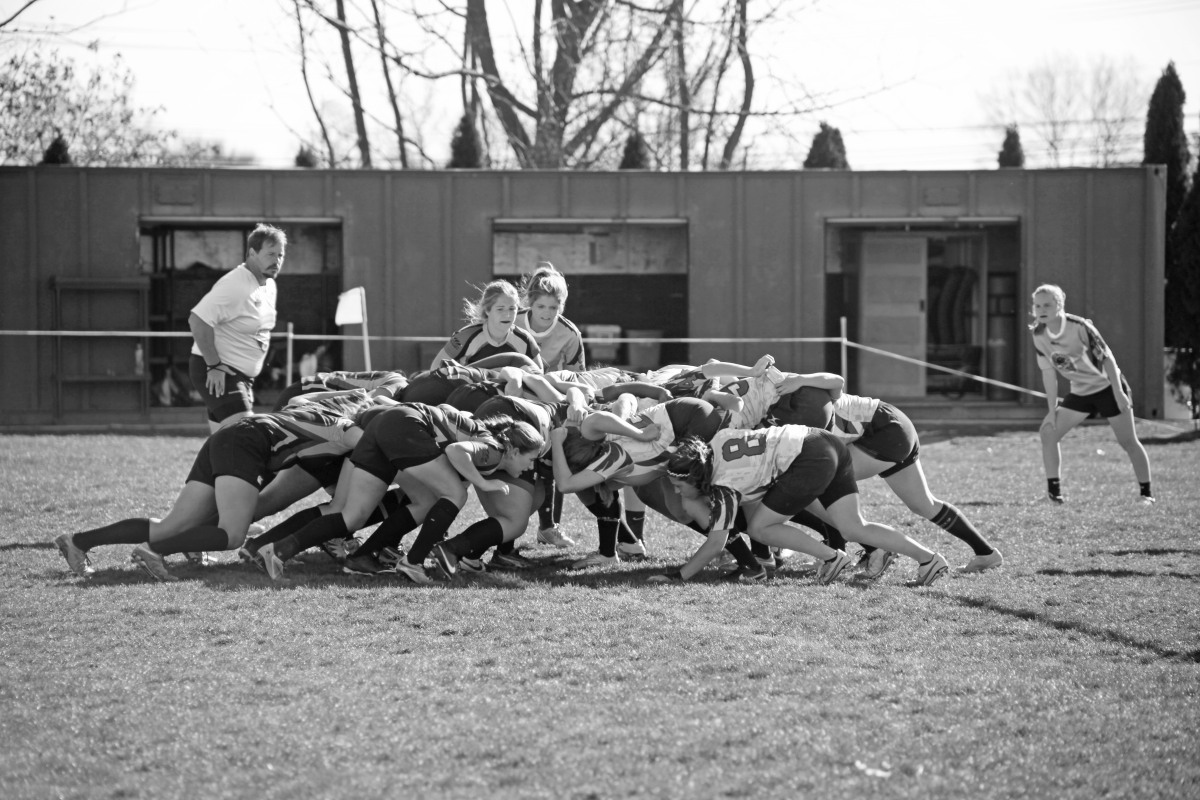 “Rugby is as much of a mental game as it is physical, and it’s very easy to get intimidated by bigger and better opponents,” said sophomore Noran Salah team captain.. “You have to be confident in your own abilities and have trust within your teammates.”
“Rugby is as much of a mental game as it is physical, and it’s very easy to get intimidated by bigger and better opponents,” said sophomore Noran Salah team captain.. “You have to be confident in your own abilities and have trust within your teammates.”
Rugby is a physically demanding sport and requires technique, according to junior wing player Christine Latta.
“I’m only 5’3” and I have the ability to take down girls twice my size,” Latta said. “Rugby is not all about size, it’s about being smart and applying the correct techniques learned in practice to a game.”
Full contact sports increase the possibility of injury. To minimize these risks, players prepare themselves mentally and physically for all potential outcomes of a match.
“We make sure that we educate our players on various injuries, [including] teaching them about proper nutrition and muscle strengthening so that the risk of injury is lowered,” Head Coach Ann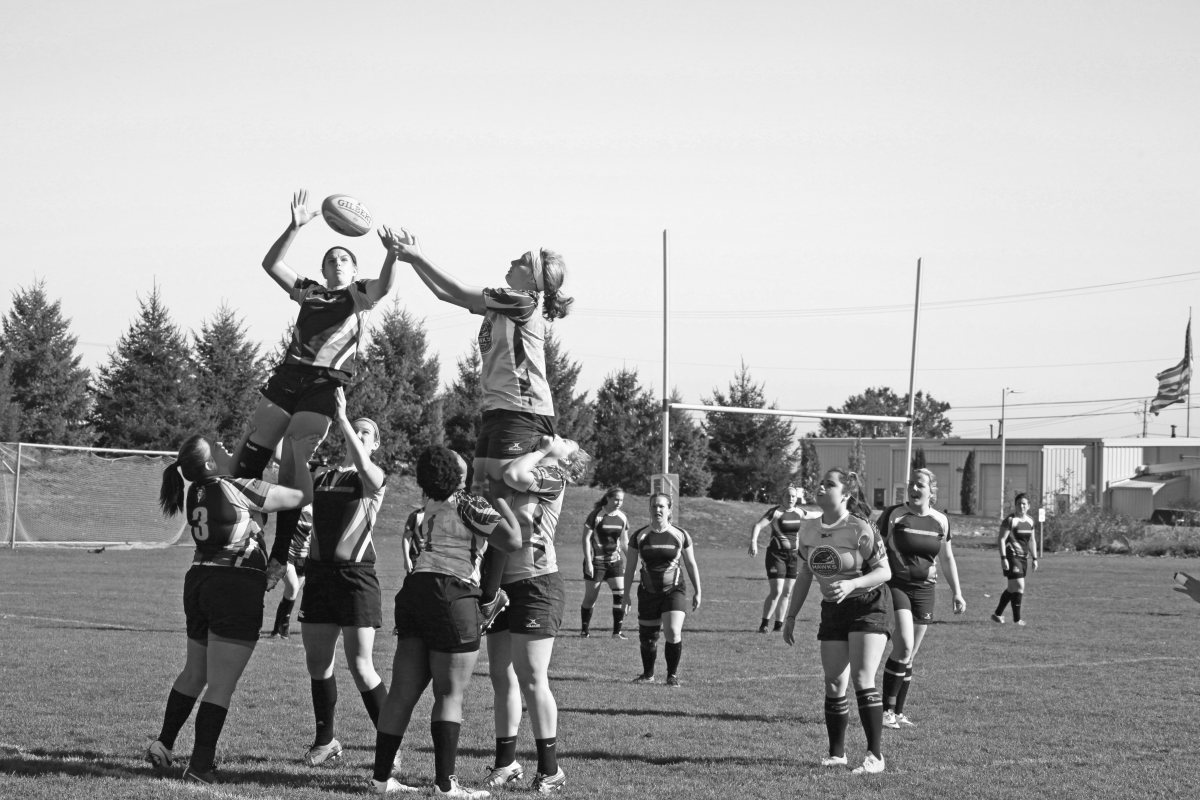 e Marie Blair said. “Each semester we start with tackling progressions, which means we bring everyone back to the basics on how to safely tackle and fall.”
e Marie Blair said. “Each semester we start with tackling progressions, which means we bring everyone back to the basics on how to safely tackle and fall.”
Blair said the objective is to make sure that all players are protected. However, if injuries happen, they can be long-lasting.
Junior wing player Natalie Domaas was injured in the game against The College of New Jersey when an opponent tackled her incorrectly.
“The player tackled me by wrapping her arms around my upper body and twisting me out of bounds, causing my body to move but my leg stay planted,” said Domaas. “I have grade-three medial collateral ligament and anterior cruciate ligament tears in my left knee.”
According to sophomore wing Harley DeJesus-Carrero, no matter how hard players may be tackled or hurt, their minds never stray from their goals.
“In the ambulance ride going to the hospital after my collision, all I could think about was how badly I wanted to get back out on the field to finish what I started,” Domaas said. “Yes, I was in pain, but the pain was secondary to my disappointment of not finishing the game with my teammates.”
For some spectators, rugby can be intimidating—especially if one does not understand the mechanics behind every tackle, play, and try that is executed in the game. Aside from the hard hits and physicality, players must find the drive and motivation to get back in the game after injury.
“In October of last year I tore my ACL, which required surgery and lots of physical therapy,” DeJesus-Carrero said. “Rugby has taught me to push myself. I had to work hard to strengthen my body so that I could fully recover.”
As a precaution, an ambulance is on stand by in the parking lot during each game. On the field, teams of trainers are prepared and ready to move at the first sign of an injury. Despite the potential for injuries, the team is not deterred.
“What attracts me to the game is the adrenaline rush that you just can’t find in any other sport. It’s exciting,” Domaas said. “Every move and every decision has to be made quickly and efficiently. There is no time to stop and think.”
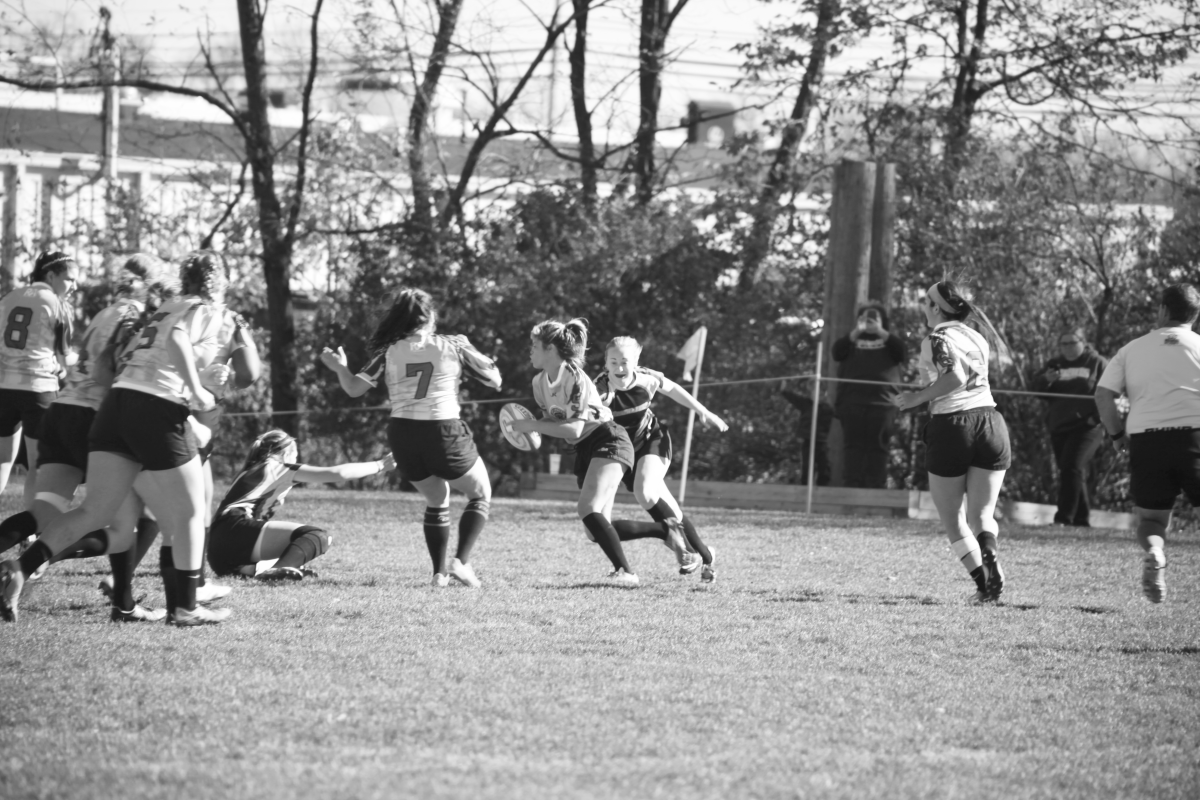 Salah said unity is the force behind her mental game. In the sport of rugby, players must rely on one another to stay both safe and protected.
Salah said unity is the force behind her mental game. In the sport of rugby, players must rely on one another to stay both safe and protected.
“You never want to leave a teammate vulnerable,” Salah said. “If one player fails to do their job, it can affect the whole team.”
Players’ loyalty to the team makes them want to return as quickly as they can after an injury.
“What makes me want to come back after injury are my teammates and the feeling that I have when I’m on the field,” said Salah. “The supremacy and energy you feel when tackling someone or running with the ball is empowering.”
For these women, a torn meniscus, minor concussion, or pulled muscle are small hurtles in their road to victory.
“With the severity of my injury, it is going to take a lot of rehabilitation to get my physical ability back to where it was before,” Domaas said. “Right now, I’ll have to support my team from the sidelines, but as soon as I recover there’s no doubt in my mind that I’ll be back on the field playing just as hard as I always have.”
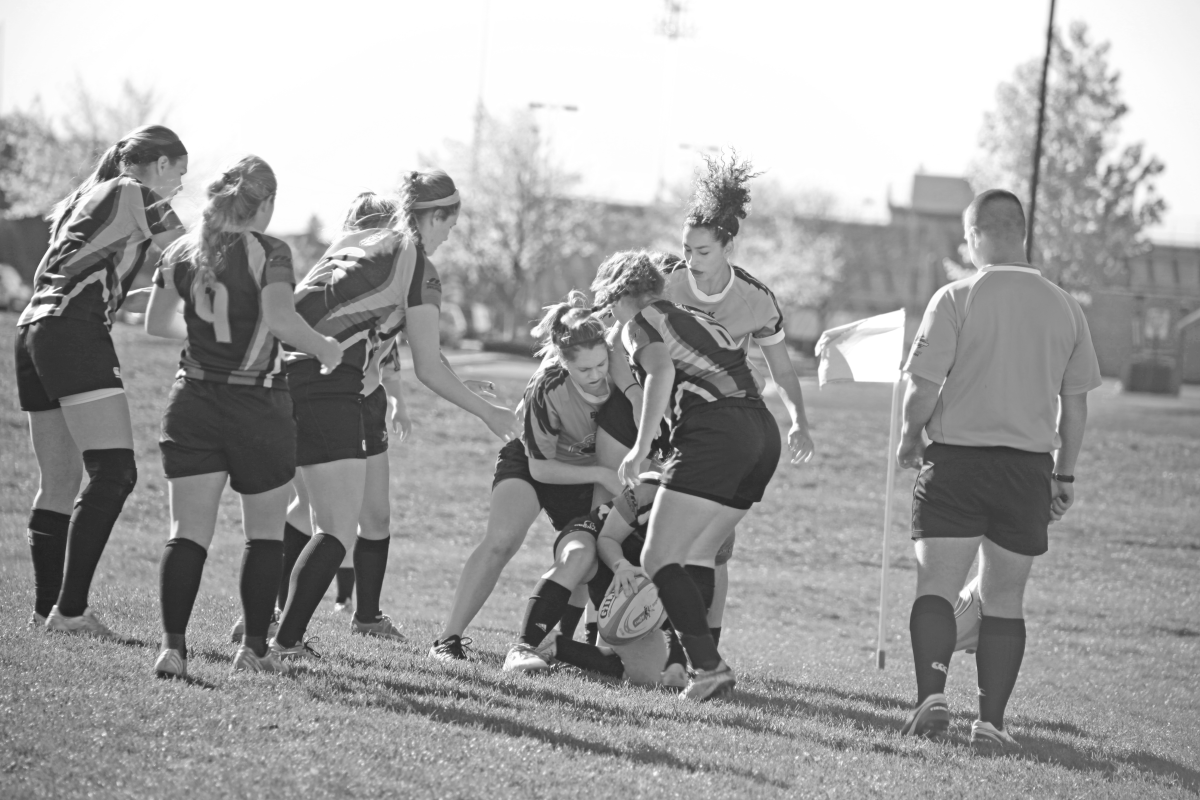 The team has since made it to the first round of the USA Club Rugby Division II Championships. Their fall season ended after losing their playoff game to West Virginia University in a single eliminations match on Nov. 12. As they prepare for their spring season, where they will play their Sevens Series, the team will also introduce a new team called the “Elite Sevens.” This group will serve as an extension of the team and will strive to create a more competitive image for St. Joe’s women’s rugby.
The team has since made it to the first round of the USA Club Rugby Division II Championships. Their fall season ended after losing their playoff game to West Virginia University in a single eliminations match on Nov. 12. As they prepare for their spring season, where they will play their Sevens Series, the team will also introduce a new team called the “Elite Sevens.” This group will serve as an extension of the team and will strive to create a more competitive image for St. Joe’s women’s rugby.













































